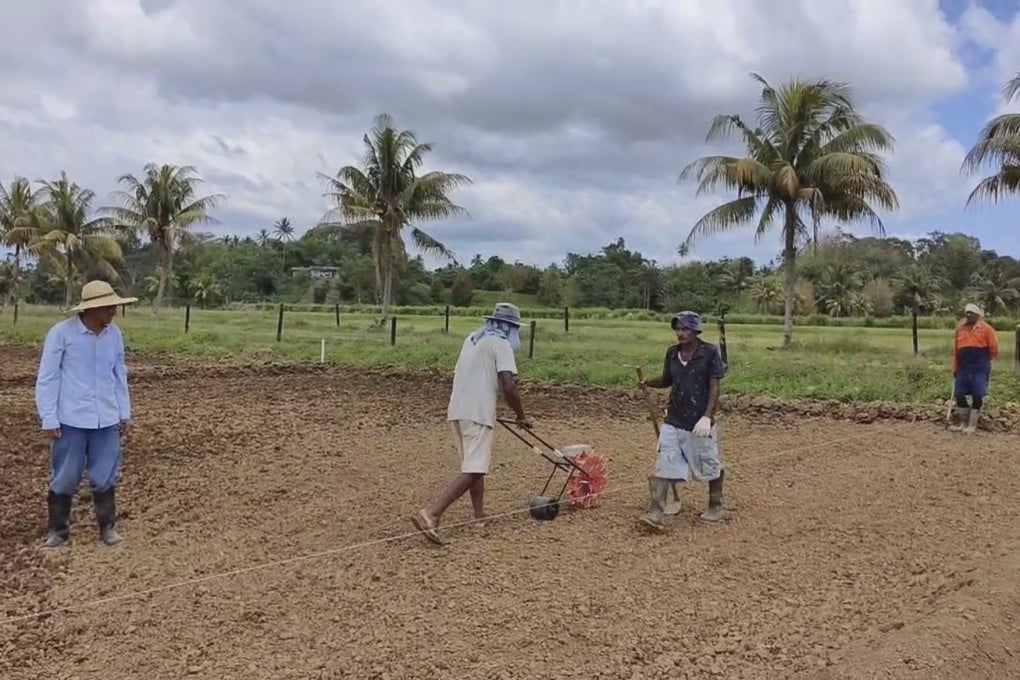With China’s help, Fiji eyes rice self-sufficiency within 20 years
- Fiji’s once-thriving rice industry has been affected by changing policies and supply chain disruption caused by the pandemic
- Chinese assistance and high-yield farming techniques aim to help Fiji’s rice industry become technology driven and attract more young people

The South Pacific nation of Fiji is embarking on a mission to achieve rice self-sufficiency within the next two decades, a goal that may be attainable with Chinese assistance and high-yield farming techniques.
Fiji’s new-found enthusiasm for growing rice was precipitated by the Covid-19 pandemic, which caused supply-chain disruptions that made clear that depending on the import of staple grains such as rice was a food security threat.
The Observatory of Economic Complexity estimated that in 2021, Fiji imported rice worth US$28.7 million, predominantly from China, Vietnam and Thailand.
“Fiji does not possess a comparative advantage in rice production due to its low average yield per hectare and high production costs. Importing rice from countries with more efficient production practices results in lower prices for consumers in Fiji,” said economics professor Baljeet Singh of the University of the South Pacific.
“This aspect is of paramount importance, particularly in ensuring food security and enhancing affordability for the population,” he added.
Fiji once had a thriving rice industry, with production hitting a peak of 33,000 tonnes in 1987. That declined to 8,209 tonnes in 2020, this despite the increase in rice consumption in the country since the 1990s, Singh said, adding that about 60,000 tonnes are required for self-sufficiency.
